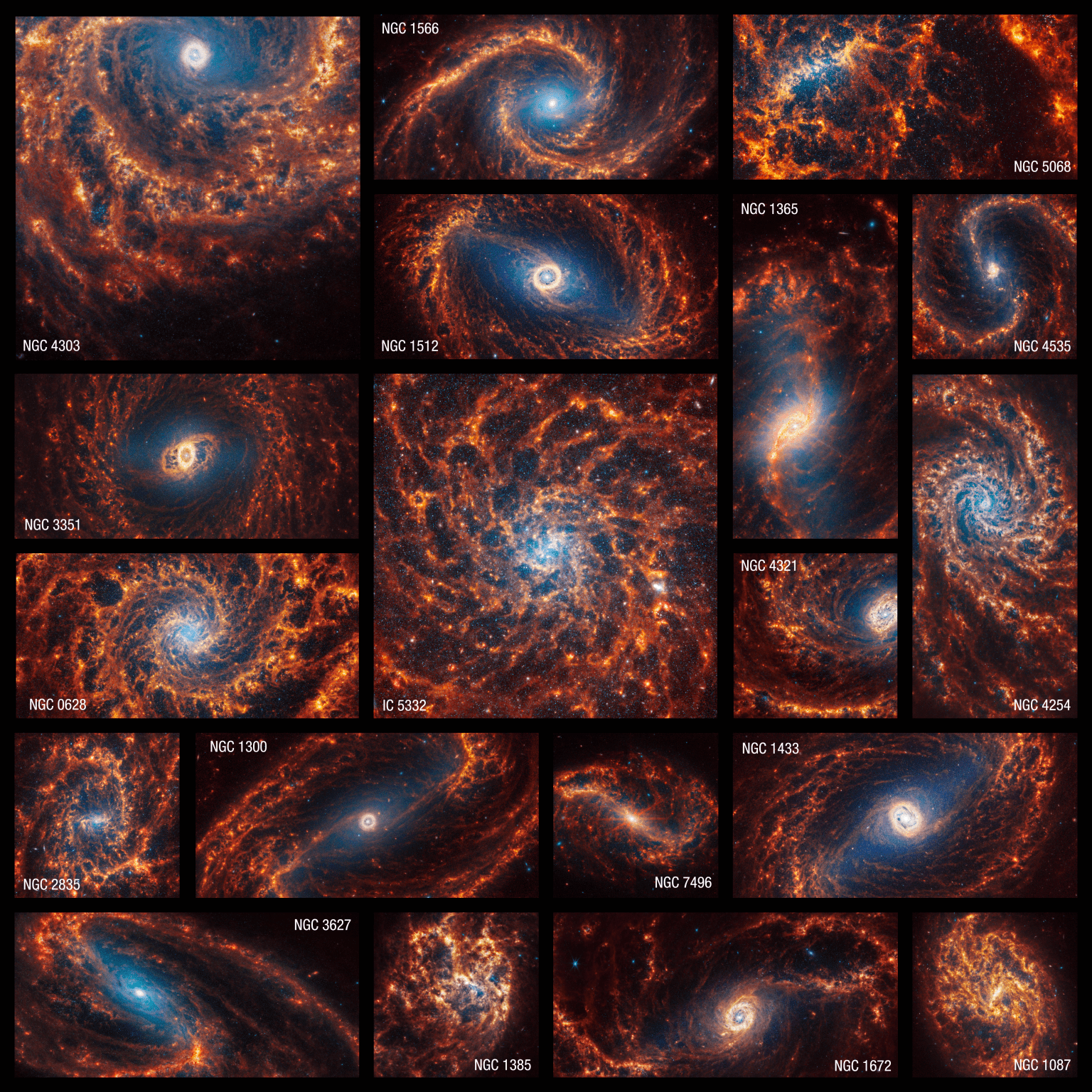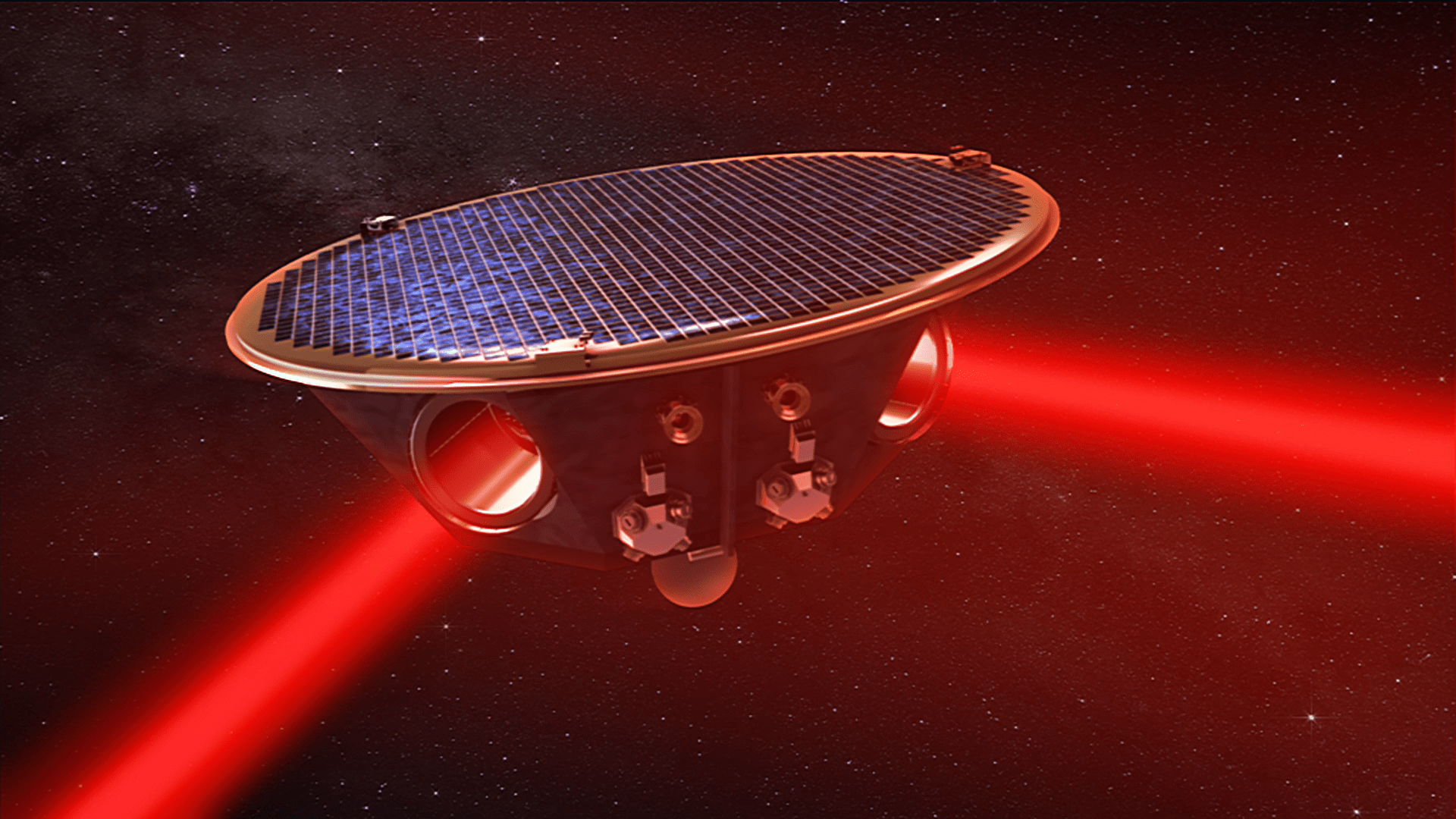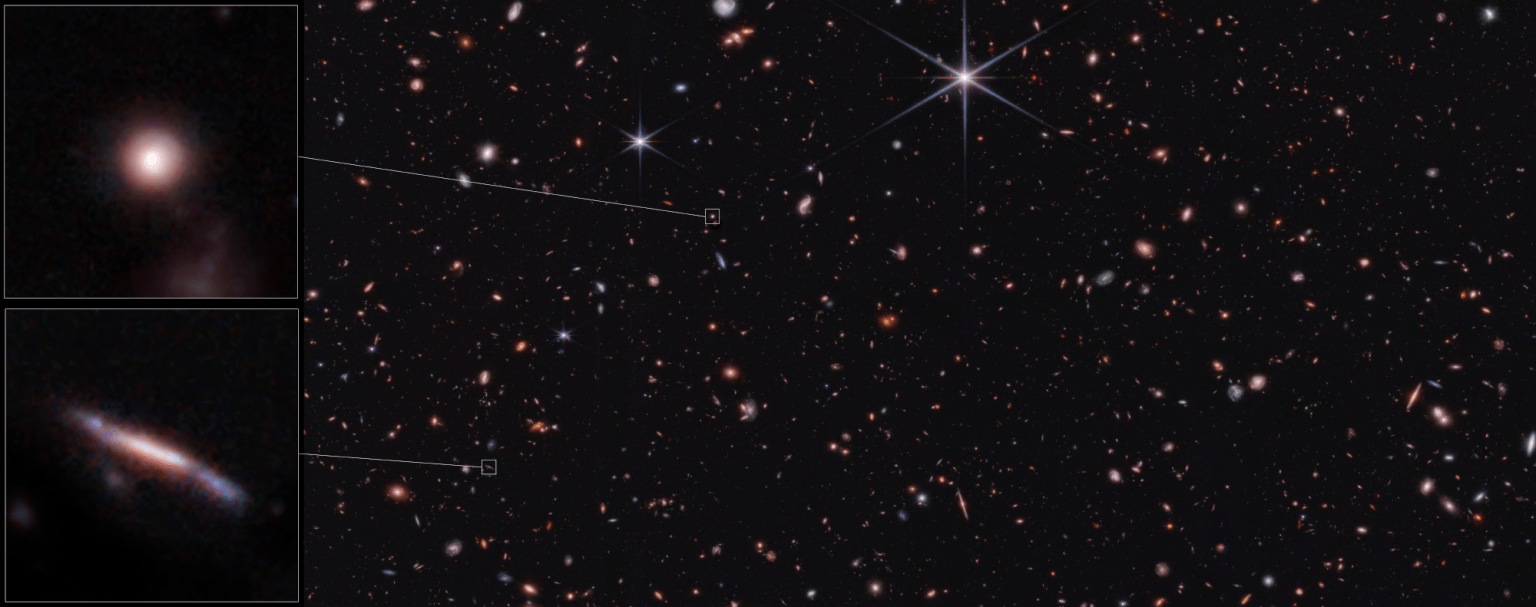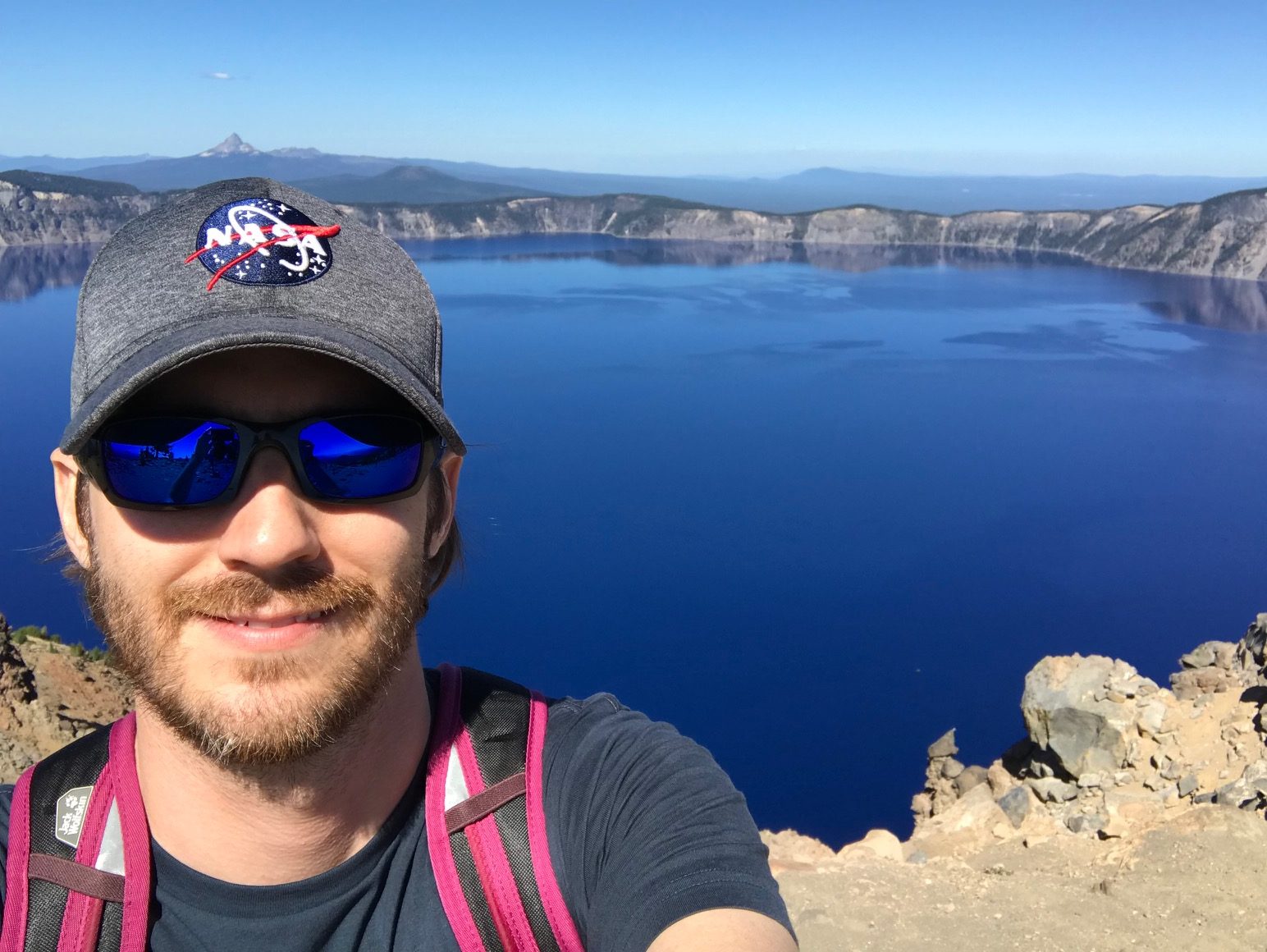6 Min Read NASA’s Webb Depicts Staggering Structure in 19 Nearby Spiral Galaxies Webb’s set of 19 PHANGS images of face-on spiral galaxies. Credits: NASA, ESA, CSA, STScI, Janice Lee (STScI), Thomas Williams (Oxford), and the PHANGS team It’s oh-so-easy to be absolutely mesmerized by these spiral galaxies. Follow their clearly defined arms, which are brimming with stars, to their centers, where there may be old star clusters and – sometimes – active supermassive black holes. Only NASA’s James Webb Space Telescope can deliver highly detailed scenes of nearby galaxies…
Read MoreTag: Astrophysics
2023 NASA International Space Apps Challenge Announces 10 Global Winners
5 min read 2023 NASA International Space Apps Challenge Announces 10 Global Winners This Earth observation was captured during a day pass by the Expedition 40 crew aboard the International Space Station on September 2, 2014. European Space Agency Astronaut Alexander Gerst Ten teams from around the world have been named the Global Winners of the 2023 NASA International Space Apps Challenge. The Challenge is the largest annual global hackathon, and gives participants the opportunity to engage with real world problems we face on Earth and in space. The 2023…
Read MoreNASA Collaborating on European-led Gravitational Wave Observatory in Space
4 min read NASA Collaborating on European-led Gravitational Wave Observatory in Space The LISA (Laser Interferometer Space Antenna) mission, led by ESA (European Space Agency) with NASA contributions, will detect gravitational waves in space using three spacecraft, separated by more than a million miles, flying in a triangular formation. Lasers fired between the satellites, shown in this artist’s concept, will measure how gravitational waves alter their relative distances. AEI/MM/Exozet The first space-based observatory designed to detect gravitational waves has passed a major review and will proceed to the construction of…
Read MoreHubble Views a Galactic Supernova Site
2 min read Hubble Views a Galactic Supernova Site This NASA Hubble Space Telescope image is of the small galaxy known as UGC 5189A. ESA/Hubble & NASA, A. Filippenko This image features a relatively small galaxy known as UGC 5189A, which is located about 150 million light-years away in the constellation Leo. This galaxy was observed by the NASA/ESA Hubble Space Telescope to study a supernova explosion in 2010 known as SN 2010jl. This particular supernova is notable because it was an exceptionally luminous supernova event. In fact, over a period of three years,…
Read MoreWebb Shows Many Early Galaxies Looked Like Pool Noodles, Surfboards
5 Min Read Webb Shows Many Early Galaxies Looked Like Pool Noodles, Surfboards Researchers are analyzing distant galaxies when the universe was only 600 million to 6 billion years old. Credits: NASA, ESA, CSA, Steve Finkelstein (UT Austin), Micaela Bagley (UT Austin), Rebecca Larson (UT Austin) Researchers analyzing images from NASA’s James Webb Space Telescope have found that galaxies in the early universe are often flat and elongated, like surfboards and pool noodles – and are rarely round, like volleyballs or frisbees. “Roughly 50 to 80% of the galaxies we…
Read MoreJoshua Schlieder: Feet on the Ground, Head in the Stars
8 min read Preparations for Next Moonwalk Simulations Underway (and Underwater) Name: Joshua Schlieder Title: Wide Field Instrument Scientist for the Nancy Grace Roman Space Telescope and Operations Project Scientist for the Neil Gehrels Swift Observatory Formal Job Classification: Research Astrophysicist Organization: Stellar Astrophysics and Exoplanets Laboratory, Astrophysics Division, Sciences and Exploration Directorate (Code 667) Joshua Schlieder is the Wide Field Instrument scientist for NASA’s Nancy Grace Roman Space Telescope. “I am never bored (but sometimes stressed),” he said. “Every day is a new adventure.” Courtesy of Joshua Schlieder What…
Read MoreA Look Through Time with NASA’s Lead Photographer for the James Webb Space Telescope
2 Min Read A Look Through Time with NASA’s Lead Photographer for the James Webb Space Telescope This self portrait of Chris Gunn, standing in front of NASA’s James Webb Space Telescope from inside the Goddard Space Flight Center cleanroom, was captured November 10, 2016. Credits: NASA/Chris Gunn Nearly two years ago in the early morning hours of Dec. 25, NASA’s James Webb Space Telescope successfully took flight from the jungle-encircled ELA-3 launch complex at Europe’s Spaceport near Kourou, French Guiana. Following a successful deployment in space, and the precise…
Read MoreMeet the Infrared Telescopes That Paved the Way for NASA’s Webb
Scientists have been studying the universe with infrared space telescopes for 40 years, including these NASA missions, from left: the Infrared Astronomical Satellite (IRAS), launched in 1983; the Spitzer Space Telescope, launched in 2003; and the James Webb Space Telescope, launched in 2021. NASA/JPL-Caltech The Webb telescope has opened a new window onto the universe, but it builds on missions going back 40 years, including Spitzer and the Infrared Astronomical Satellite. On Dec. 25, NASA will celebrate the two-year launch anniversary of the James Webb Space Telescope – the largest…
Read MoreHubble Sights a Galaxy with ‘Forbidden’ Light
2 min read Hubble Sights a Galaxy with ‘Forbidden’ Light This NASA Hubble Space Telescope image features a bright spiral galaxy known as MCG-01-24-014, which is located about 275 million light-years from Earth. ESA/Hubble & NASA, C. Kilpatrick This whirling image features a bright spiral galaxy known as MCG-01-24-014, which is located about 275 million light-years from Earth. In addition to being a well-defined spiral galaxy, MCG-01-24-014 has an extremely energetic core known as an active galactic nucleus (AGN) and is categorized as a Type-2 Seyfert galaxy. Seyfert galaxies, along with quasars, host one of…
Read MoreNASA’s Hubble Space Telescope Returns to Science Operations
3 min read NASA’s Hubble Space Telescope Returns to Science Operations Hubble orbiting more than 300 miles above Earth as seen from the space shuttle. NASA Updated, Dec. 8, 2023 NASA restored the agency’s Hubble Space Telescope to science operations Friday, Dec. 8. The telescope had paused science observations Nov. 23 due to an issue with one of its gyros. The spacecraft is in good health and once again operating using all three of its gyros. Hubble’s two main cameras, Wide Field Camera 3 and Advanced Camera for Surveys, resumed…
Read More




